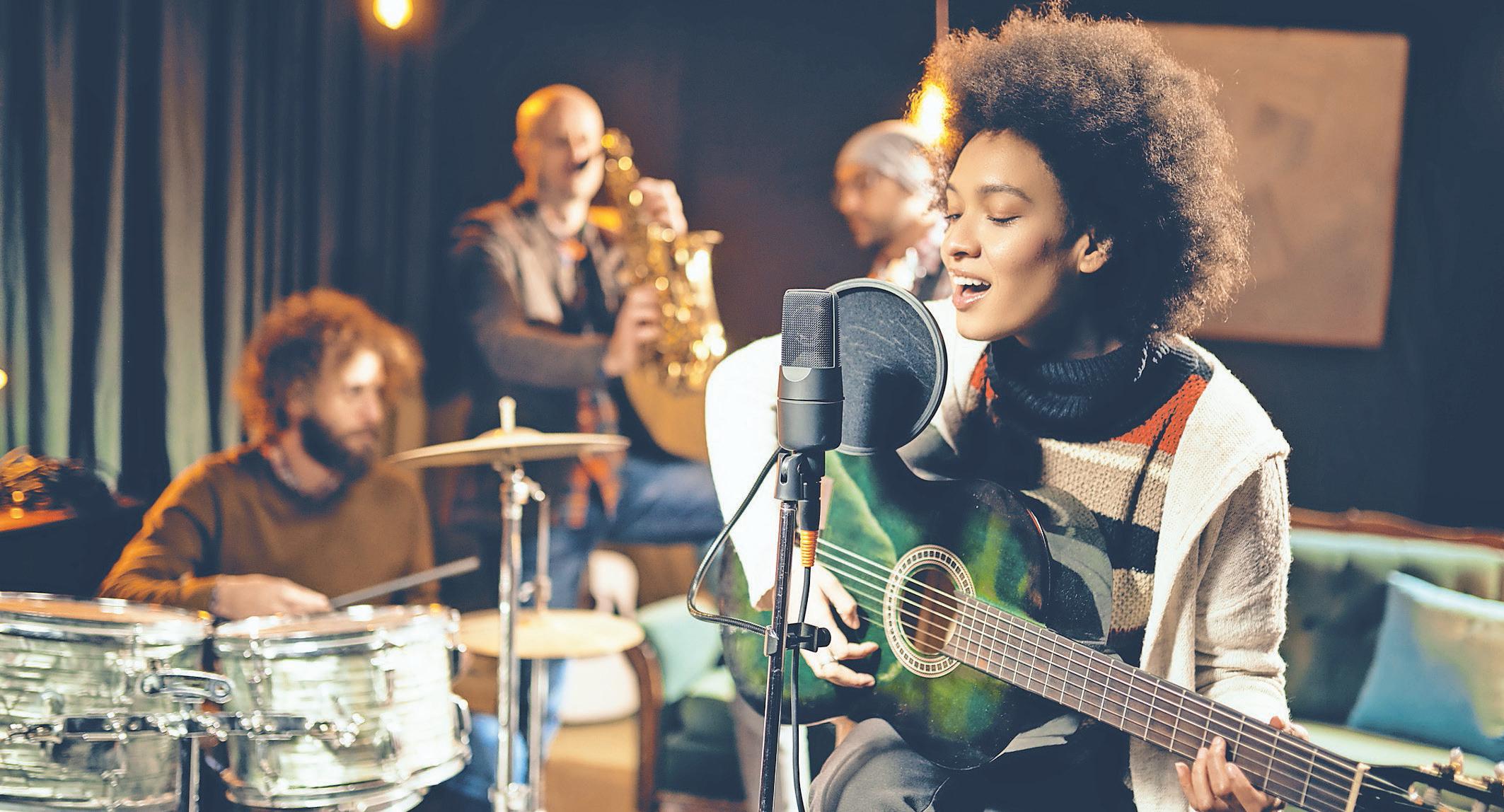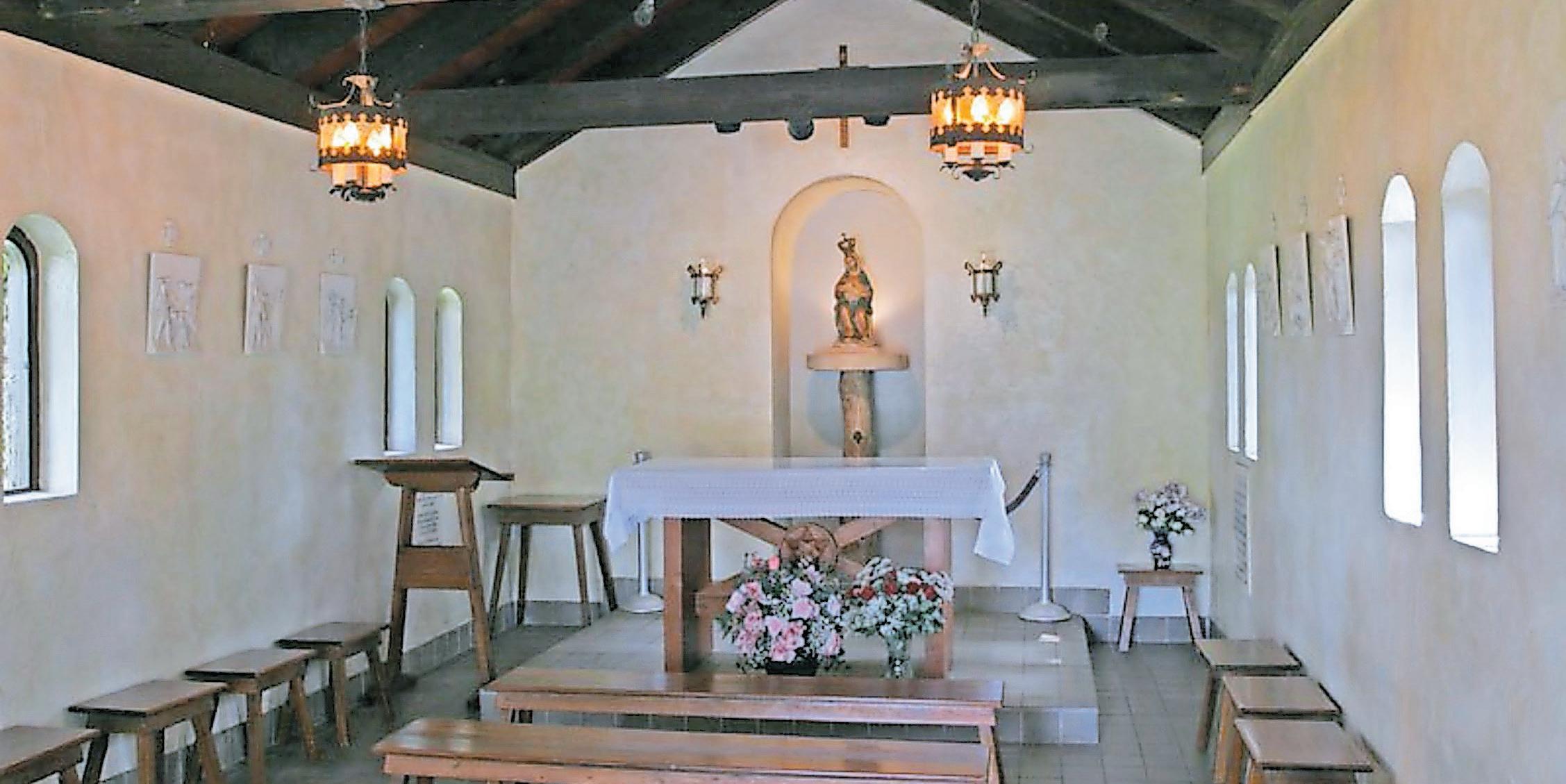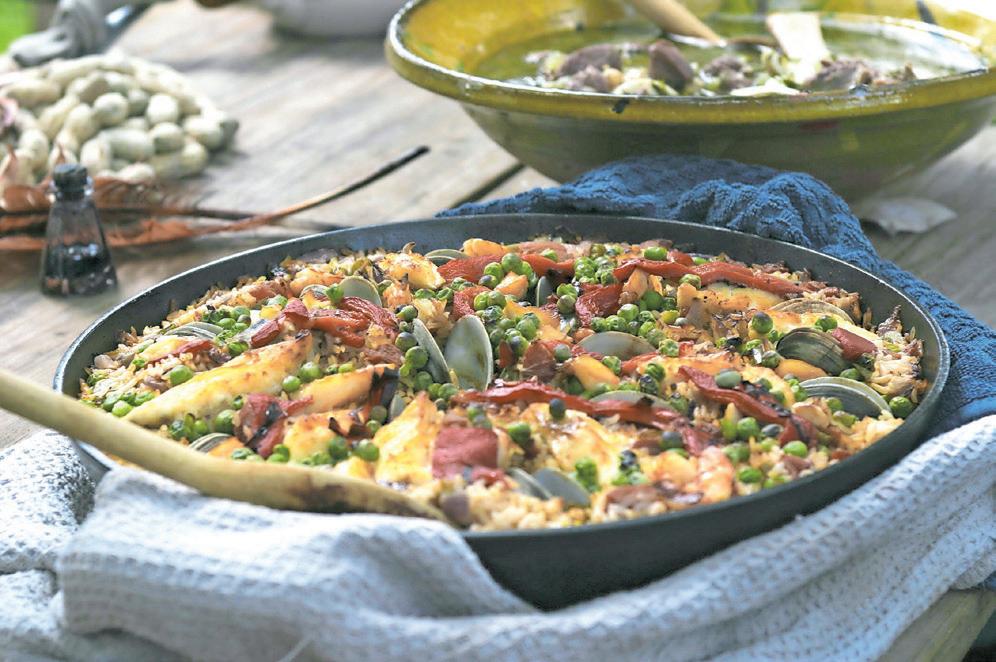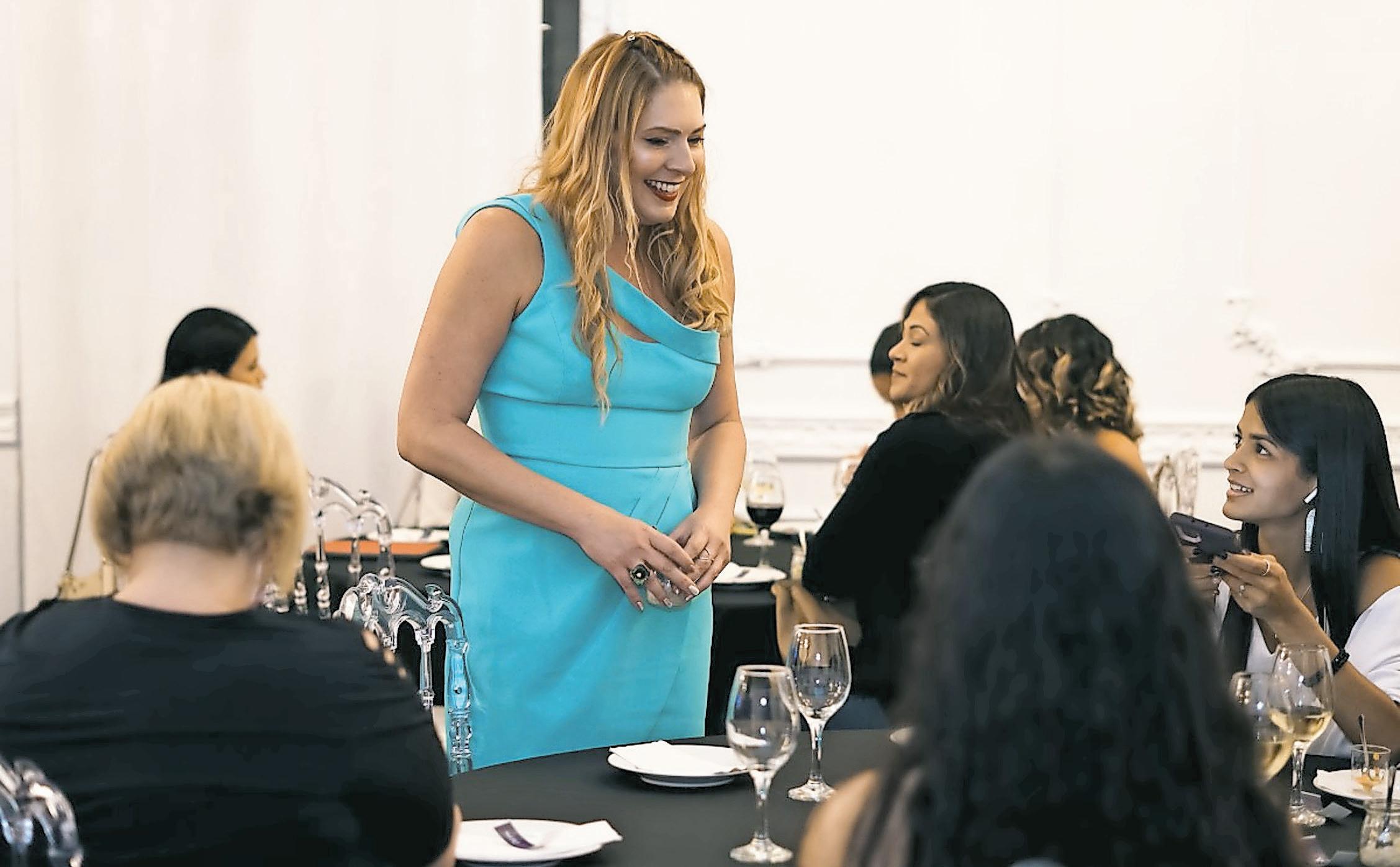
11 minute read
a diFFerent tune For creator economy
In fact,
Advertisement
Alternative Routes in the Creator Economy
Zoe Landi Fontana, The Weekly Journal @Landi_Zoe
Access to the music industry is being democratized, and those who can leverage social media to their advantage are at the forefront of the revolution.
Whereas in the past the music industry was based on three main players - Sony, Warner, and Universal - the music industry has experienced rapid changes over the past few years that have empowered the independent artist. As the creator movement grows, artists are able to reach their fans directly through social media.
One of the main struggles that independent artists face is making money through their royalties, of which streaming revenue makes up the biggest share, with Spotify being the largest platform.
“For the next evolution of the music industry, it’s more of a music creator type of independent artist. You can use both the creative industry business model and music to combine them and make more money. For example, an artist can have a course on being an artist, show how to play an instrument, [sort] of becoming like influencers on their social media platform,” explained Alexiomar Rodríguez to THE WEEKLY JOURNAL.
Rodríguez is a Puerto Rico-based music lawyer and founder of the startup Seed, a music business education platform.
While contracts with the big three recording companies give a burgeoning musician reach and access to capital, artists are now more inclined to stay independent, to maintain control of their creative processes - they want to own their intellectual property.
“The traditional route is closed right now because labels know that anyone can just start making content and developing their own following. So, they’re not going to invest in an artist who they think is going to be the next star because anyone could be the next star. They’re hanging tight, looking at the market, then [they’ll] approach them with an offer,” said Rodríguez.
So, what has driven these changes?
One of the concepts that the industry talks about is the bedroom artist - the SoundCloud artist, a creator who uploads authentic content directly to an audience. This is a person who starts to record their work, uploads it to SoundCloud, goes on TikTok, and dances to their original tune.
“Data shows that TikTok is the main artist discovery platform right now. Suddenly, you become a DojaCat, you’re in the Grammys,” Rodríguez explained of the power that social media has for giving creators visibility.
The shift is towards a creator economy, in which a musician isn’t just a musician, but a brand, a creator. Not only do they need to be good at their craft, they need to know how to increase their exposure through social media - TikTok, Instagram, YouTube, SoundCloud - musicians barely even need a stage anymore.
Consumption habits evolve with technology. The music industry is part of the entertainment industry, and with each evolution in technology that occurs in the consumer marketplace, the music industry adapts. performing music markets, whose revenue grew by 31.2% year over year, according to the Recording Industry Association of America (RIAA).
“Billboard estimates that Puerto Rico is the third leading exporting country of music hits, behind the U.S. and the UK. They had to separate Puerto Rico from the U.S. because we were giving them a lot of points in the research. Spanish [language] music is growing like never before in the U.S. It accounts for 6% of the entire music market in the U.S.,” Rodríguez recounted.
Puerto Rico is positioned as the bridge between Latin America and the U.S., not only geographically, but also culturally. Rodríguez’s goal is to make Puerto Rico a mecca for the world in the area of music business education as well.
An Educational Platform For Independent Artists
In 2019, Alexiomar Rodríguez founded Seed, a music business education platform that educates users on how to manage digital marketing, royalties, copyrights, contracts, and anything involved in becoming a music entrepreneur. They’re currently looking to recruit top music business talent to share knowledge on the platform.
Rodríguez is a musician himself. He grew up studying music after school, playing different instruments in church, and singing and writing songs, but he was afraid of not being able to live off his music. “[Seed] is a very personal mission for me,” he said of the startup.
Instead, Rodríguez studied economics, then law at the University of Puerto Rico, Mayagüez campus. After working at one of the island’s top three law firms, he quit and started his own firm, dedicated to helping creative entrepreneurs organize their projects in a business-minded way. This eventually led to the creation of Seed.
“Throughout the last three years, we’ve built a 65K person following. Our current customer base is independent artists, producers, and labels. We’re helping them build a full-time music business no matter their background and location,” said Rodríguez, “We’re not mercenaries, we’re missionaries trying to bring out a new gospel - that it’s possible to live off your passion for music without surrendering your rights or soul in exchange.”
Alexiomar Rodríguez Founder of Seed

Shrine of Our Lady of La Leche at Nombre de Dios Mission, in St. Augustine, Fla.
St. Augustine, a city for the pious and the lay
Juan A. Hernández, The Weekly Journal
How many times have we heard that “Florida is Puerto Rico’s largest overseas township?” Definitely, plenty of times. But, despite the assertion being geographically and politically wrong, the fact is that, historically, several thousands of Puerto Rico have been migrating to Florida in search of jobs and better opportunities for them and their families. Some 40 miles southeast from Jacksonville, St. Augustine lays claim to being the oldest and the longest continually inhabited European-founded city in the U.S. Founded in 1565 –yes, it is even older than Plymouth (1620)– by Spanish Admiral Don Pedro
Menéndez de Avilés, after defeating a French garrison (Fort Caroline) that had settled there, St.
Augustine developed like San Juan did here (around a military installation). So, walking through the streets of St. Augustine feels very much like strolling down Old San Juan; fort, Spanish colonial buildings and church included. The city is also home to the Shrine of Our Lady of La Leche at Mission Nombre de Dios. The shrine was originally built in 1620 as the Chapel of Our Lady of La Leche and Good Birth, as is the oldest Marian
Shrine in the U.S. After the chapel was built, a statue of the
Virgin Mary lovingly lactating baby Jesus was brought and it quickly became the focus of the parishioners’ devotion. Legend has it that, close to where the Church of the Nativity is now located on Palestine’s West Bank, there is a small chapel in a grotto where the Virgin Mary supposedly hid to breastfeed newly born baby Jesus before the family escaped to Egypt. Legend says that, while she was lactating her child, a drop of her milk fell on a rock and turned it completely white. The devotion extended to Europe and then to the Americas through the Spanish conquest. Last October, Our Lady of La Leche was crowned through a Canonical Coronation, a rare honor granted by the Pope. The canonical coronation places a “papal stamp” on a particular devotion of the church, in this case, to the Blessed Virgin Mary under the title of Our Lady of La Leche. Like in the Grotto of Our Lady, young women came to the shrine in St. Augustine to pray to the Virgin to heal their infertility, intercede for the safe deliver of their children and protect them from disease. The original statue was lost and it has been replaced several times throughout history, but nevertheless, devout Catholics still visit the shrine to pray to Our Lady of La Leche. These pilgrimages tend to be more frequent around Mother’s Day. Many times, pilgrims come with a “La Leche baby” in their arms to present to the Virgin’s image.
Also For The Lay
If you happen to be in St. Augustine around Mother’s Day, you might also be interested to take advantage of the city’s Food and Wine Festival, a culinary showcase highlighting celebrity guest chefs, celebrity winemakers, and local chefs, artisans and local craft spirits brewers and distillers. Featured culinary presenters include Iron Chef Cat Cora; Rebecca Lang, Southern Living Chef; Robert Owens, BBQ Grand Champion Hari Pulapaka, Global Cooking School; along with many of Florida’s Historic Coast best known culinarians like Chef Matt Brown of Lena, Chef Barry Honan of Lotus Noodle Bar, Philip McDaniel, St. Augustine Distillery; Brian Whittington, Preserved and Chop Shop; Chef DeeAnn Hobbs, Renaissance World Golf Resort, and many others. Events start May 4th with “River Walk Tastings” at San Sebastian Winery, followed by a “Winemaker’s Dinner” on May 5th at the World Golf Hall of Fame and “Epicurean Master Classes” at the St. Johns County Convention Center on May 6th. The St. Augustine Food and Wine Festival takes place May 4th to the 8th and offers a wide variety of events for all taste buds, from wine dinners and tasting events, to master classes.

Paella is one of the favorite entries into the 16th Century Cooking Contest that is part of the annual St. Augustine Birthday Celebration events.
In fact,
St. Augustine’s Food and Wine Festival is a culinary showcase highlighting celebrity guest chefs and winemakers.
Bosses and Babes
A blog to empower businesswomen
Juan A. Hernández, The Weekly Journal
When Celina Nogueras hears the term “jeva” (a babe, in English) she immediately thinks of an empowered woman, a self-confident woman who is comfortable making decisions and leading.
“Most of the time, the notion that a ‘jeva’ is just an attractive woman, and nothing else, is generally accepted, even by women, without realizing it is not flattery but a form of diminishing them,” said Nogueras, a successful businesswoman and founder of the “Jefas y Jevas” (Bosses and Babes) podcast.
Launched in 2019, the podcast strives to financially empower women, particularly businesswomen, based on Nogueras’ own personal and professional experiences in the process of developing her own business -Muuaaa Design Studio- a branding agency. Nogueras admitted the podcast got started in a “somewhat organic fashion” and its contents and recommendations are based in her own experience invoicing $1 million a year in her agency.
“The recommendations I make are based on the actions and changes I have done myself personally and professionally. I can communicate these because I relate to those actions, and I communicate that,” Nogueras said while recalling a previous event she had attended and feeling “as if the speaker was talking to someone else.” It is her contention that women need to be addressed directly so they can relate to actions that are being proposed to them. Nogueras not only offers advice on how to invest in the stock market, or in real estate, but also bring other successful businesswomen into her podcast to share their experiences “in their journey to the $1 million mark in their businesses.”
A Challenge
“Among the people who follow the podcast there is a strong core of women between 35 and 55 year-olds, professionals, business owners or who want to start a business. This is a very interesting segment… they do have money, but they don’t know what to do to multiply it,” Nogueras said. According to the podcaster, some of her followers don’t know how to devise a strategy to save money. “You would be amazed of how many people have no idea of what are their regular expenses. These are the women who go to the supermarket, to Costco, to Walgreens without a groceries list… they go with their children and they end up buying what they don’t need, and then some more,” she added.
With that in mind, Nogueras developed last January what she calls the “Savings Challenge,” a monthlong savings program that encourage women to organize their personal finances so they could save a predetermined amount of money from $500 to $1,500 in that four-week period. According to her, the challenge was so successful that 90 percent of those who participated, reported that it

In fact,
Nogueras not only offers advice had met their savings goal. The second edition of on how to invest in the Savings Challenge is set to start in May, the stock market, but participants will be challenged to or in real estate, save for a period of three months. but also bring The amounts would the same other successful as January: $500, $1,000 and businesswomen $1,500 per month. into her podcast “Throughout the to share their challenge, participants will experiences. be receiving information on which are the best savings account, the best interest rates and investment strategies via webinars, worksheets, WhatsApp alerts…,” Nogueras explain. One of Nogueras Most of the time, the notion goals now is the creation of an that a ‘jeva’ is just an attractive investment fund for woman, and nothing else, is women so they can have a seed capital generally accepted, even by women, without realizing it to start up their businesses. “Financial is not flattery but a form of independence is the ultimate form diminishing them. of empowerment Celina Nogueras Founder, “Jefas y Jevas” podcast for women,” argued Nogueras, who refuses to consider herself an influencer. “I didn’t start this because I wanted to start a business. I want to let others know about my experience and let them take whatever may be useful for them.”




